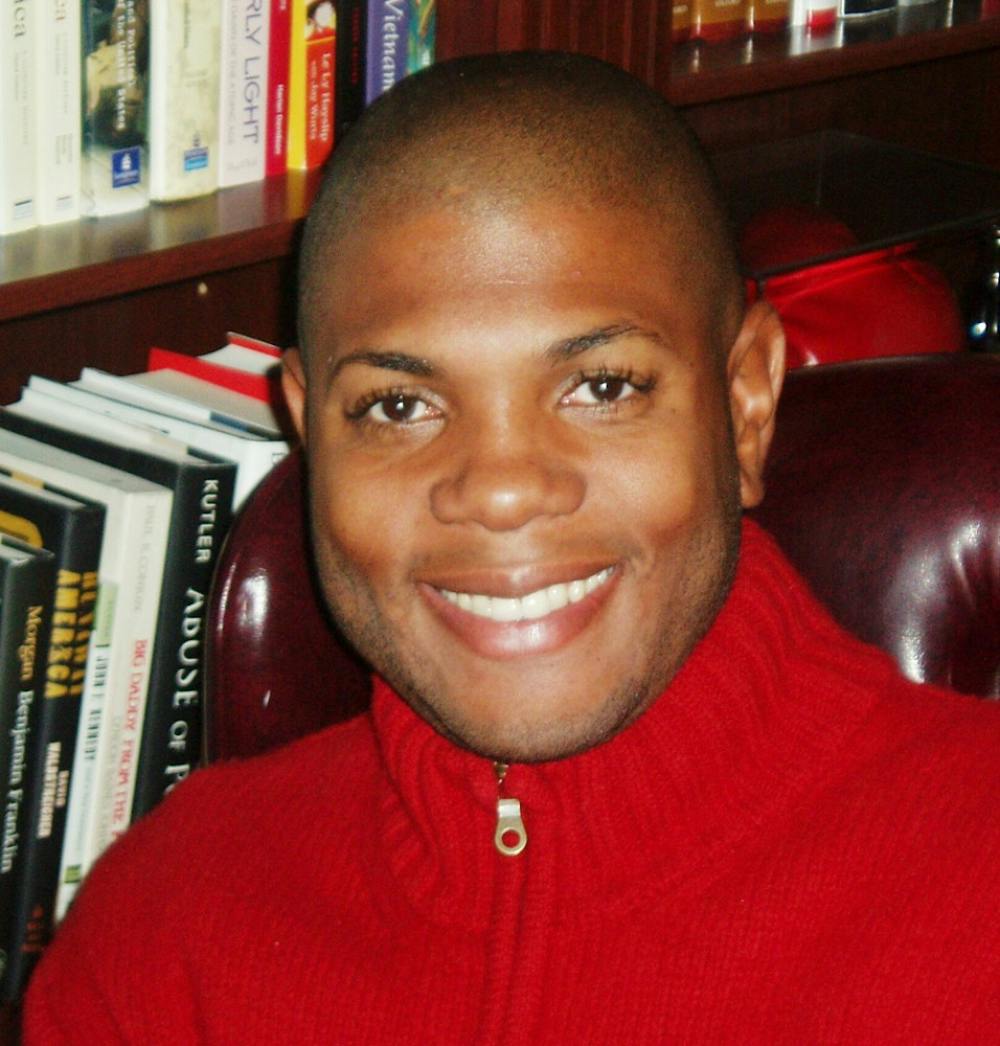In 1903, W.E.B. Du Bois prophetically claimed that the problem of the 20th century was the problem of the color line. And throughout the 20th century that very much was the case.
However, Dr. Martin Luther King, Jr., following in the footsteps of many revolutionaries before him, helped to significantly fade the social divide between whites and blacks while making a clarion call for humans to be “judged not by the color of their skin but the content of their character.”
As we go about life in a 21st century world, it's easy to look upon race as a relic of another time, to discount it as insignificant.
But, in remembering Martin Luther King day, especially as residents of a state once embroiled in controversy over recognition of the holiday, it's worth posing the questions to those at ASU: “Is racism still relevant?” and if so, “How does it operate in our world today?”
According to Matthew Whitaker, an ASU professor in the school of historical, philosophical and religious studies, the question of whether racism exists has been distorted by both the prevalence of multiculturalism in the United States and the persistent notion that race doesn’t exist at all.
“Race is real because we make it real. The assumption is that things are much better,” Whitaker says. “If you look at statistics, however, the real numbers of who’s doing what and how they’re doing it, people of color are at the bottom of every statistic that exists.”
Professor Whitaker’s assistant graduate student Lasana Hotep says race is still a very real issue.
“If you cannot start out with the basis that the hierarchy has been set up that white is at the top and black is at the bottom, and everyone else is fighting in the middle to be closer to white then you really can’t have a conversation about race relations in the country,” Hotep says.
Contemporarily, Whitaker points out, racism is a little bit more covert.
“There are no dogs being sicked on people or water hoses anymore. The water hoses and dogs are finance. It’s the media. It’s ‘acceptable policies and procedures’ which allow nefarious individuals to hide and cloak themselves. It’s a much harder enemy to fight,” Whitaker says.
In light of the continued prevalence of racism, though in a new dimension, African-Americans are challenged to respond in new ways.
“The problem of the 21st century is in-group perception and out-group perception. I think that when you start talking about identity there are some external stereotypes and external perceptions about black people that still have to be confronted and challenged," Hotep says. "The challenge is, how do we manage identity from without and within?”
ASU West professor Duku Anokye says another problem facing African-Americans in the 21st century is that “We’re overburdened with information but we’re not critical thinkers. Folks buy into things wholesale without analyzing it, without thinking about it. It’s shallow in a lot of ways. It’s missing the big picture.”
Another challenge, Whitaker says, is that it seems that the notion of there ever being a collective effort to fight racism is a figment of the past.
“One of the things that hampers progress is this notion that there is going to be one leader or one group or a couple of groups that are going to somehow unite all of African-America and push forward some agreed upon agenda,” Whitaker says.
Reach the reporter at dgburns@asu.edu
Correction: An earlier version of this story incorrectly referred to an ASU professor as Michael Whitaker. The professor's name is Matthew Whitaker.






